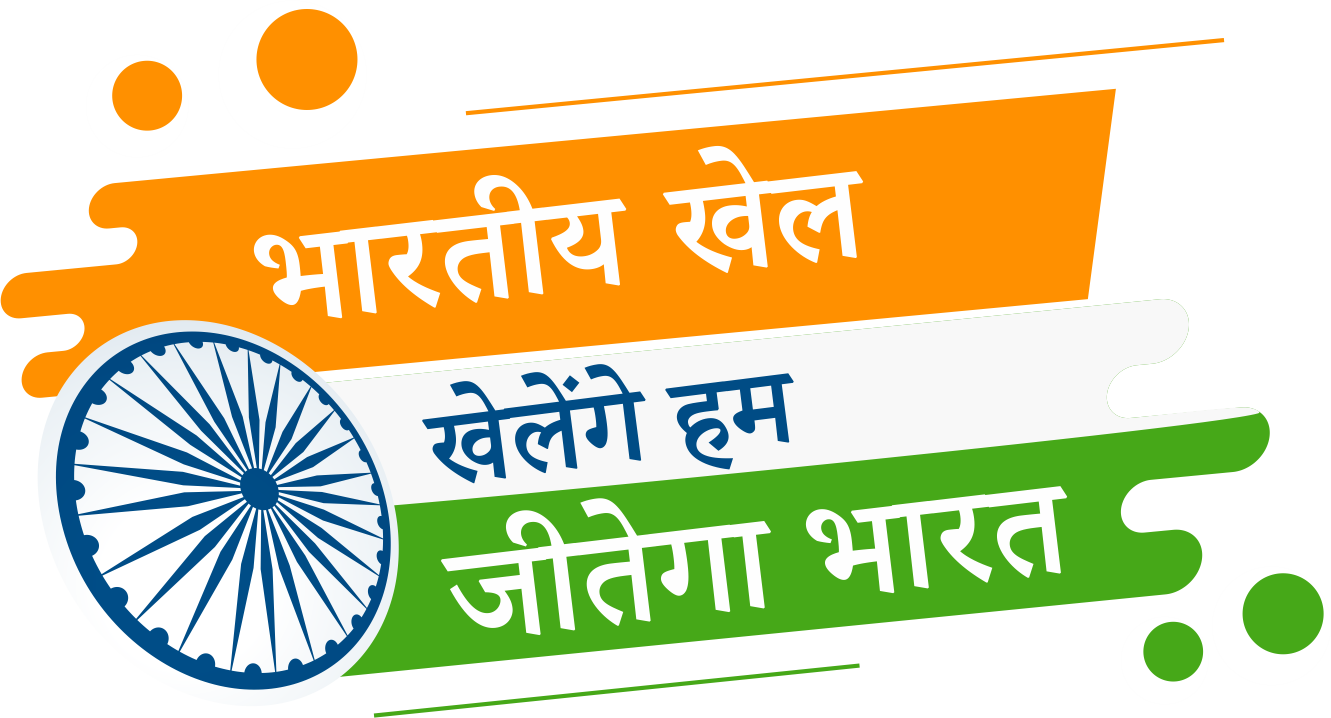Gutte/Batti
Introduction
Gutte is also called kuzhangal or anchankal in the villages of Tamilnadu. In Malaysia, it is known as batu seremban and selambut. A variant of gutte is known as jackstones or knucklebones in Western countries.
Gutte is played by children in groups of two or more. It is often played at leisure on any clean flat surface. Five stones of similar size are used for the game. Small triangular cloth bags filled with seeds, rice or sand also can be used as substitutes for the stones.
The game involves throwing the stones up in the air and catching them as they fall. It is played in various sequential and predetermined levels. One stone is tossed up in the air at a time and one or more are picked up from the ground while the tossed stone is in the air. The game continues to eight levels where in each throw the number of stones picked up increases. The objective is to complete a set of eight step.
Number of participants: Two or more players. It can also be played as an individual game.
Equipment: Five small triangular cloth bags filled with seeds, rice or sand.
Playing surface: Usually on the floor.
Objective : Score as many points as possible by completing the most number of sets of eight steps.
- Players determine the order of play.
- Each takes turn to play the game.
- A player begins by throwing all five stones onto the ground. He throws a stone into the air, picks up a stone from the ground and then catches the first stone with the same hand. He continues picking up each stone in this manner until all five stones are in his hand.
- Repeat Step 3 but the player picks up two stones each time.
- Repeat Step 3 but the player picks up three stones the first time and one stone the second time or vice versa.
- Repeat Step 3 but the player sweeps up all four stones at one go.
- The player throws one stone into the air, places the other four on the ground and catches the falling stone before it lands. He throws the stone up again and sweeps up the others on the ground, and catches the stone.
- He throws all five stones onto the ground and picks up two. Then, he throws one stone into the air and exchanges the other with one on the ground (note that for this action, a player uses only one hand). He continues to do this to the remaining stones on the ground.
- After the exchange is completed, the two stones held in one hand are thrown up. The player picks up a stone with the same hand and catches the two falling stones separately in each hand. He continues to do this until there are three stones in one hand and two stones in the other. The remaining two stones are then thrown up and caught separately in each hand again. He throws the last stone up and catches it with the other hand.
- The player throws all five stones onto the ground. The opponent selects the stone to be thrown into the air. The player throws the selected stone and sweeps up the others on the ground and then catches the falling stone. When all these steps are completed, the player scores a point and starts from Step 3 again.
- The player stops playing when:
- The stone, which is thrown into the air, is not caught in time.
- He touches or moves stones apart from those he has picked up.
- When it comes to his turn again, the player begins from the step where the mistake was made.
Address
Bharatiya Khel
Indian Knowledge Systems (IKS) Division
Ministry of Education (MoE),
Government of India,
Our office is located in
All India Council for Technical Education (AICTE)
Nelson Mandela Marg,
Vasant Kunj,
New Delhi-110070

